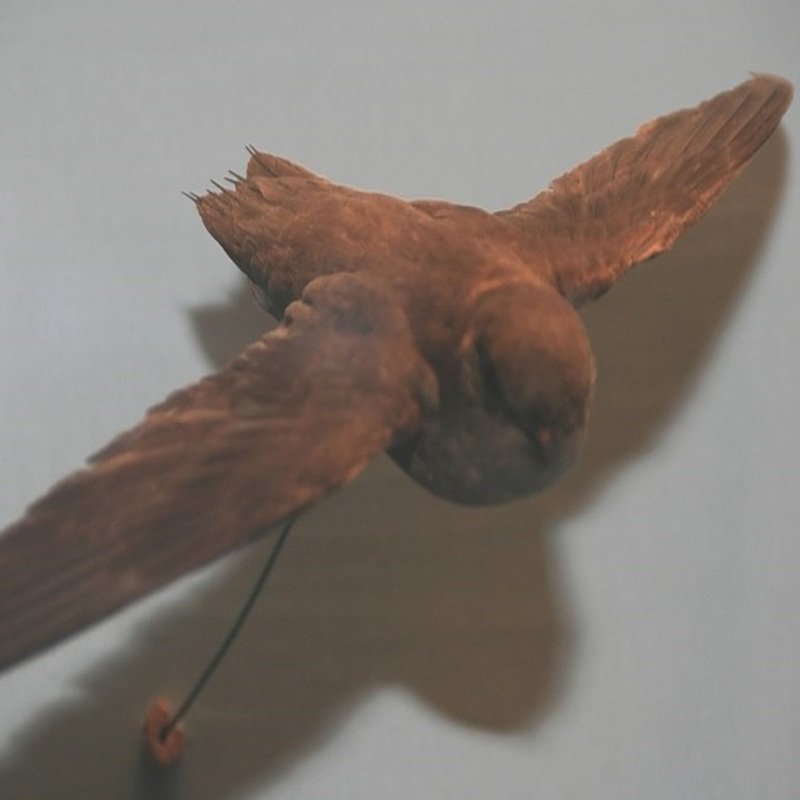The chimney swift or Chaetura pelagica in Latin name is an Apodidae swift. It is a member of the Chaetura genus and is closely related to the Vaux’s and Chapman’s swifts. No subspecies. An eerie gray medium-sized bird with long, narrow wings and small legs. Like all swifts, it can only cling vertically to surfaces.
The chimney swift eats flying insects and spiders. It makes for life. It makes a bracket nest of twigs and saliva on a vertical surface, usually a chimney. Laid 4–5 whitish eggs It takes 19 days for the altricial eggs to hatch. Chimney swifts live 4.6 years.
Quick Overview: Chaetura Pelagica – Chimney Swift
Body size: Around 5.5 in (14 cm) and a weight of 23 g (0.8 oz)
Main colors: Gray, Brown
Range: Eastern United States
Migratory Bird: Yes
Best time of the year to see in the U.S.: June, July, August, September
Conservation Status: Vulnerable
Chimney swift Description
Chimney swifts are often dark gray to brownish-gray in hue. Both sexes look alike. The tail feathers are bristly or spike. There might be seven tail spines. They’ve been called “flying cigars”. Smokeys have big eyes.

Size
These birds have a length of 5.5 in (14 cm) and a weight of 23 g (0.8 oz). Their wings could range from 12-12.75 in (30-32 cm).
Feeding
Chimney swifts only eat in flight. They are insectivores. They hunt by hovering above tree branches and collecting flying insects and spiders. In pursuit of a weevil, forty to fifty chimney swifts were observed hovering or plunging through the top branches of a sweetgum tree.
Habitat
In temperate zones, chimney swifts prefer human-populated regions. In the tropics, they frequent irrigated agricultural grounds and human settlements. Chimney swifts are found in natural tropical environments along rivers, lowland evergreen forests, secondary growth scrub, and even across Andean slopes in Peru and Ecuador.
Behavior
Chimney swifts cling to walls with their foot and tail (Whittemore, 1981). Several thousand of these birds can be observed roosting on enormous industrial chimneys. Migration occurs from August through early October.
Chaetura pelagica Scientific Classification
- Kingdom: Animalia
- Phylum: Chordata
- Subphylum: Chelicerata
- Class: Aves
- Order: Apodiformes
- Family: Apodidae
- Genus: Chaetura
- Species: Chaetura pelagica
Best time of the year to see
The best time to see these birds in the United States is during the summer season (June – September).
Distribution of the Chimney swift in the USA
Migrating chimney swifts may be found from central Alberta to Newfoundland, and south to Florida and the Gulf states. They winter near the Amazon’s headwaters in western Brazil and eastern Peru. Greenland and Bermuda consider chimney swifts accidental species.
The Chimney swift can be found in the following states in the United States – Connecticut, Delaware, Massachusetts, Maryland, Maine, New Hampshire, New Jersey, New York, Pennsylvania, Rhode Island, Vermont, and West Virginia.
